
The slag vertical mill is a grinding equipment for granulated blast furnace slag developed by Tongli. Through integrated grinding and powder selection functions, the slag is converted into high value-added slag powder. The slag powder has high physical and chemical activity and potential It has excellent hydraulic hardness and is widely used as a mixed material in China's cement industry. It can replace a large amount of cement in concrete, significantly improve the workability of fresh concrete and the durability of hardened concrete, and has greater later strength. Concrete prepared using slag powder can be widely used in various construction projects. The slag vertical mill automatically adjusts the particle size distribution through an intelligent control system to meet the mineral powder requirements of different products.
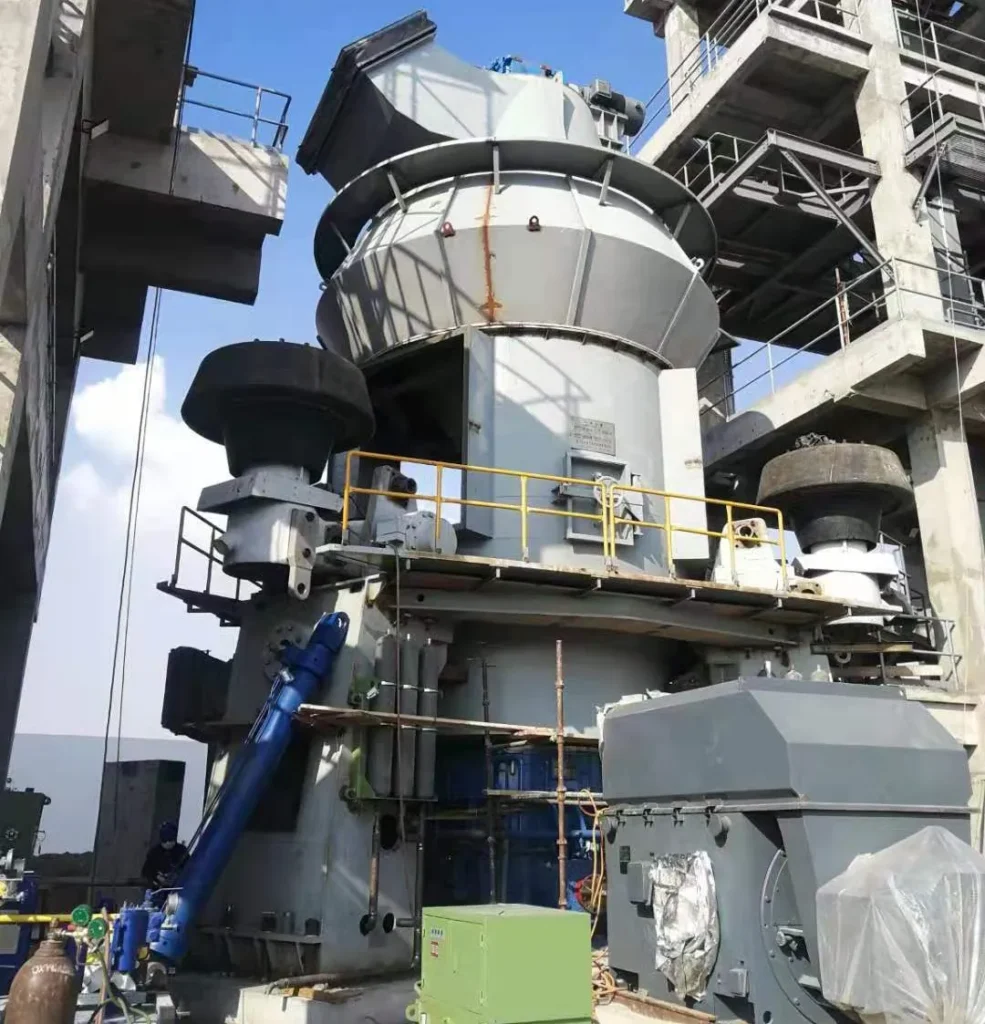
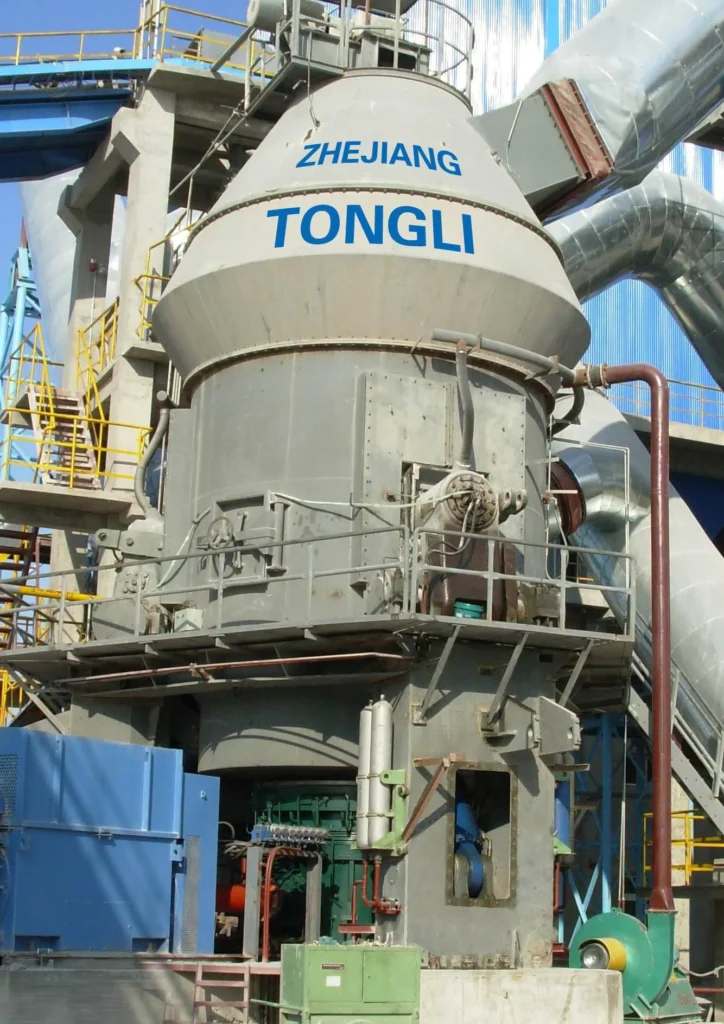
One machine, two jobs
A MACHINE YOU CAN DEPEND ON!
The slag vertical mill adopts a unique grinding roller design and airflow control system, which is particularly suitable for grinding slag. Its optimized grinding structure ensures uniform slag fineness.
The vertical mill adopts a closed-loop system, and the internal circulation design effectively reduces the amount of unground materials returned during the grinding process and optimizes the grinding efficiency. Through the circulation load adjustment system, the material flow and pressure entering the mill can be controlled in real time on the PLC to ensure the smooth operation of the mill and the stability of the final product quality.
Slag usually contains high moisture content, and the vertical mill achieves synchronous drying of materials through an external heating system. The hot air used comes from a rotary kiln or a special hot air furnace, and the air temperature is generally controlled at 300℃ to 350℃. The drying capacity can achieve a moisture removal effect of 8%-12%. This synchronous drying-grinding process greatly improves production efficiency, avoids secondary material processing, and saves investment
The hydraulic system of the vertical mill is not only used to adjust the pressure of the grinding roller, but also can detect the wear condition in real time through the online monitoring system. Combined with the automatic lubrication system, it ensures long-term stable operation of the equipment and reduces unplanned downtime. At the same time, the hydraulic system can automatically relieve pressure during maintenance, which facilitates the maintenance and replacement of the grinding roller and grinding disc, reducing the difficulty and time cost of maintenance.
| Equipment Model | ZJTL3630 | ZJTL4500 | ZJTL4900 | ZJTL5050 | ZJTL5630 |
| Design Output (t/h) | ≥45 | ≥65 | ≥90 | ≥150 | ≥170 |
| Finished Product Fineness (㎡/kg) | ≥420 | ≥420 | ≥420 | ≥420 | ≥420 |
| Total Installed Power (kW) | 2860 | 3770 | 5200 | 8240 | 9400 |
| Of which 10kV Installed Power (kW) | 2230 | 3140 | 4400 | 7240 | 8400 |
| Unit Product Power Consumption (kWh/t) | ≤42 | ≤42 | ≤40 | ≤38 | ≤38 |
| Unit Product Standard Coal Consumption (kg/t) 7000KCal | ~18 | ~18 | ~18 | ~18 | ~18 |
QUALITY NEVER GOES OUT OF STYLE
Blast furnace slag has high hardness and abrasiveness. If ordinary materials are used to make grinding rollers and grinding disc liners, the wear rate will be accelerated, resulting in increased equipment maintenance frequency and affecting production efficiency. The use of high chromium alloy or cladding wear-resistant materials can effectively extend the service life of grinding rollers and grinding discs, usually up to more than 30,000 hours, which is about 50%-70% higher than ordinary materials
In view of the high hardness of blast furnace slag particles, the hydraulic system design of the vertical mill adopts higher hydraulic pressure to ensure that the grinding roller can apply sufficient grinding force to achieve efficient grinding. Advanced pressure regulation control technology can also automatically adjust the pressure according to the different hardness of the slag material to ensure the stability of the production process and grinding efficiency. Under normal circumstances, the hydraulic system can increase the grinding force by 10%-15%.
When grinding blast furnace slag, due to its high fine powder generation rate, the airflow classification system of the vertical mill is optimized to enhance the separation effect of fine powder. Efficient airflow classification can ensure the uniform fineness of the ore powder, and usually ensure that the fineness of the product is within the range of 400-450m²/kg of specific surface area. This can improve product quality, avoid fine powder returning to the grinding disc too early, and reduce equipment wear.
Blast furnace slag contains a certain amount of moisture, so the heat source system of the vertical mill usually uses a high-efficiency hot air furnace to dry the material during the grinding process. This heat source system can be equipped with an independent boiling furnace by introducing high-temperature flue gas from the rotary kiln. Through this design, the thermal energy utilization rate of the vertical mill can be increased by 15%-20%, so that the unit energy consumption is controlled within 25-30kWh/ton, which greatly reduces the production cost.
When processing blast furnace slag, the slag vertical mill effectively reduces dust emissions through labyrinth seals and dust collectors equipped with chamber spraying. The dust emission of the vertical mill can be controlled below 30mg/Nm³
The incorporation of slag can significantly improve the overall properties of cement, especially in terms of strength and durability. The active ingredients in the slag can react with the calcium hydroxide generated by the hydration of the cement to form more calcium silicate hydrate (C-S-H) gel, thereby enhancing the strength of the cement.
Research shows that the compressive strength of cement mixed with 30% slag can be increased by 10%-15% in 28 days. In addition, slag cement has better density and can reduce internal porosity, thereby significantly improving impermeability and resistance to chemical corrosion, especially in terms of resistance to sulfate attack. At the same time, slag cement has a low heat of hydration and is particularly suitable for large-volume concrete projects. It can effectively reduce the internal temperature rise of concrete, reduce temperature stress, and prevent cracking. This is especially important for construction in high-temperature seasons or large-volume projects.
In terms of economic benefits and environmental protection, slag cement also has significant advantages. The incorporation of slag can reduce the amount of clinker in cement, usually saving 10%-30% of clinker. This not only reduces production costs, but also reduces energy consumption and carbon dioxide emissions, and has significant environmental benefits.
At the same time, slag cement has good fluidity, strong operability during construction, reduces bleeding, and has good water retention, which can effectively prevent early dry shrinkage cracks in concrete. In addition, slag cement can also reduce the demand for limestone resources, consume a large amount of industrial waste, and reduce carbon dioxide emissions by 20%-30%, which is of great significance to achieving the goal of carbon neutrality.
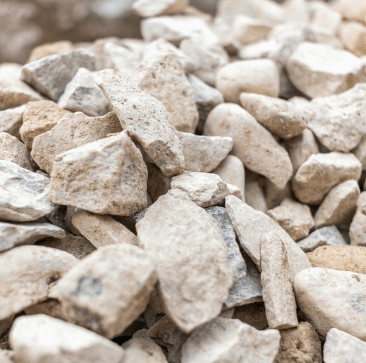
Produced during iron smelting, blast furnace slag is a byproduct that can be ground into fine powder, enhancing cement's strength and durability.

Generated from steelmaking processes, steel slag contains essential minerals and can be processed for use in cement production, improving material performance.
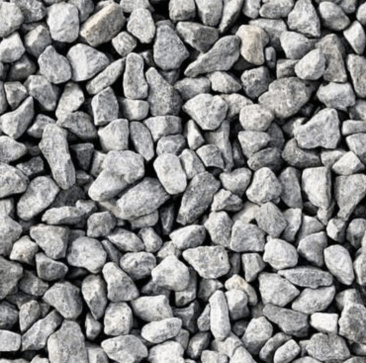
This rapidly cooled slag is ideal for blending with cement, providing hydraulic properties that enhance concrete's strength and resistance to chemical attack.
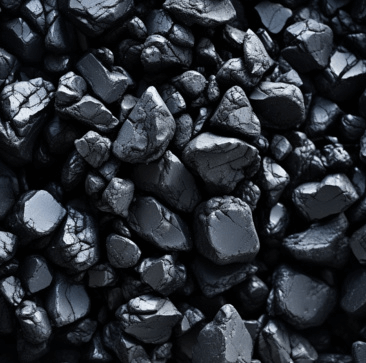
A byproduct of lime production, lime slag can be finely ground to improve the workability and strength of concrete mixtures, contributing to overall durability.
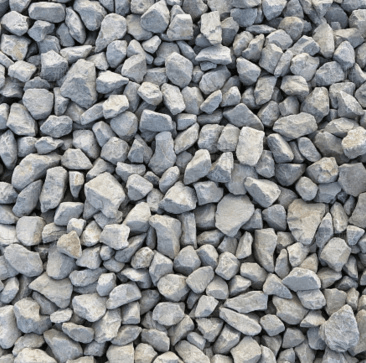
Obtained from copper extraction processes, copper slag can be used as a supplementary cementitious material, enhancing the mechanical properties of concrete.

Produced during nickel smelting, nickel slag is rich in silica and can improve the performance of concrete by acting as a partial replacement for cement.
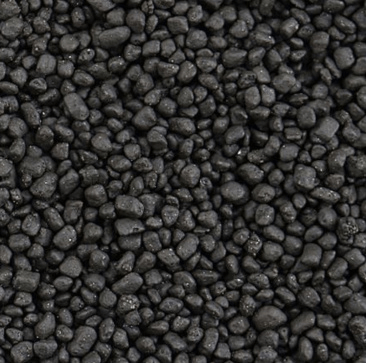
Generated from zinc production, zinc slag contains various metal oxides and can be processed to enhance the properties of cementitious materials.
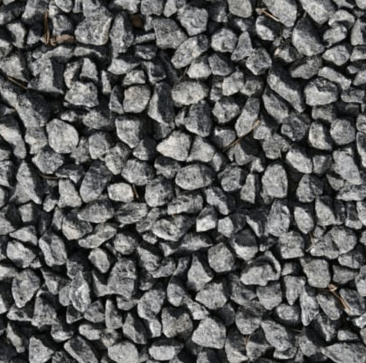
While not a slag, fly ash is a volcanic-like residue from coal combustion, often used in combination with slag to improve the workability and strength of concrete.
You can get in touch with us through the following contact information
AddressNo. 2289 Huancheng South Road, Tongxiang, Jiaxing, Zhejiang Province, China. Zip code:314500
Please fill in the sales inquiry form and our sales representatives will be in touch shortly.